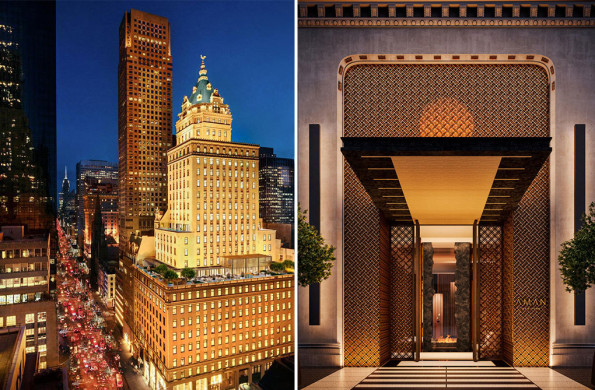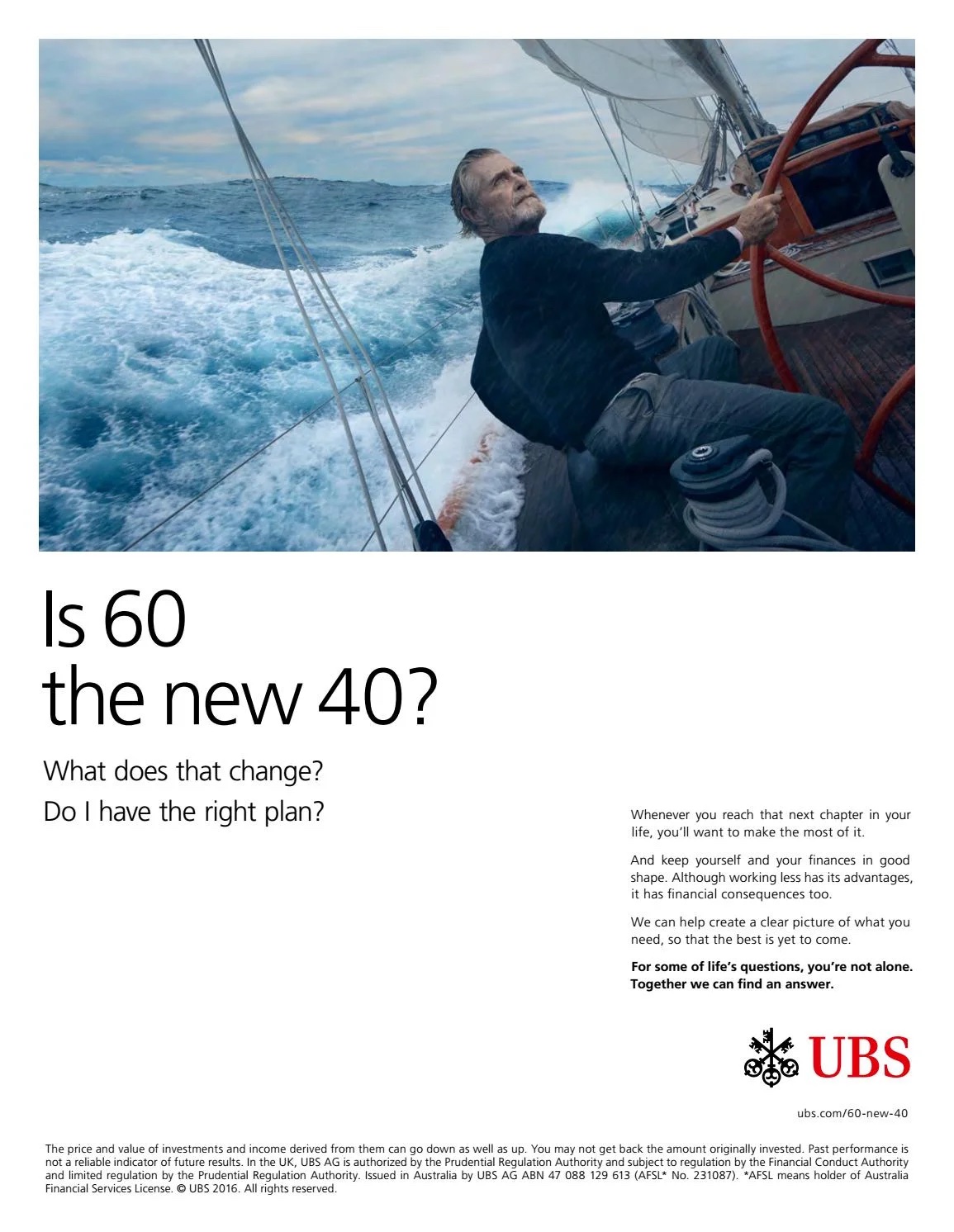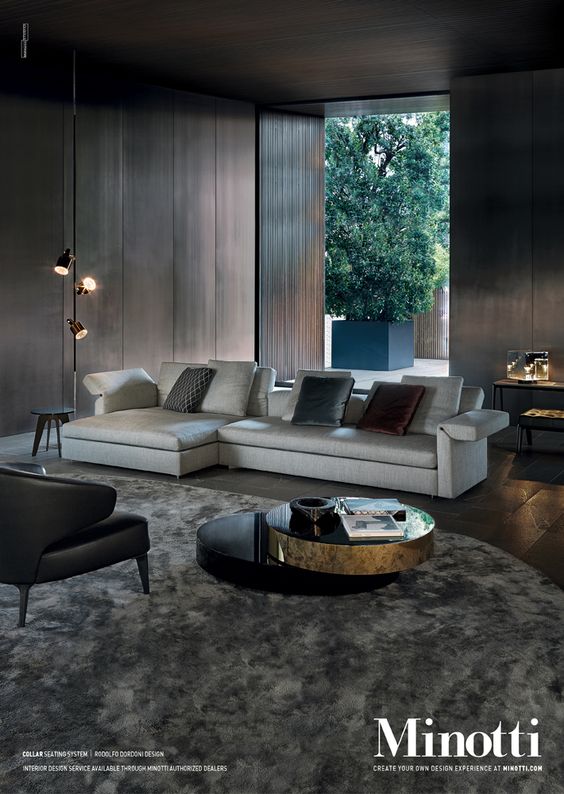THE RISE OF BRANDED RESIDENCES
The sun glistens off the pristine waters of the Caribbean, casting shimmering patterns across the private infinity pool. As you gaze out from the elegant terrace, a gentle sea breeze rustles through the lush palm fronds, carrying the whisper of an exotic cocktail expertly crafted just for you. This isn’t a dream; it’s the extraordinary reality of owning a branded residence.
As we delve into the sophisticated world of branded residences, we find a realm where luxury meets lifestyle, exclusivity, and impeccable service define not just a home but an entire living experience. Branded residences have taken the real estate market by storm, offering the world’s most discerning buyers an unparalleled fusion of luxury, convenience, and global recognition.

Aman Miami, Kengo Kuma's First Residential Tower In The U.S.
The concept of branded residences dates back to the roaring ’20s when the first whispers of luxury living under the aegis of renowned brands began to emerge. However, it wasn’t until the ’80s that this extraordinary subset of the residential market truly flourished. Today, branded residential schemes have become a global phenomenon, with over 690 completed schemes as of mid-2023 and a pipeline of over 600 projects slated for delivery by 2030.
No longer confined to North America, branded residences have swept across the globe, establishing themselves in every corner of the world. The growth has been spectacular, with the number of schemes increasing by over 160% in the past decade. North America remains a strong contender, representing just over one-third of the total supply. However, Asia Pacific and the Middle East are emerging as hotspots, accounting for an additional 40% of the global supply.
In the world of branded residences, one can encounter a mesmerizing tapestry of brands, each offering a unique lifestyle. What’s most intriguing is the evolution from being solely driven by luxury hotel brands to including non-hotel brands. These brands span a wide spectrum, from fashion to design, automotive to food and beverage. The common thread? A promise of distinct and immersive lifestyles for their global buyer base.

The Bvlgari Lighthouse, Dubai is Elevated Above Island And Sea.
While legendary hotel brands like Four Seasons, The Ritz-Carlton, and St. Regis continue to lead the way, a new wave of non-hotel brands is making its mark. YOO, Trump, Mahindra (Pininfarina), Elie Saab, and Capri Holdings (Versace) are ascending the ranks, bringing fresh perspectives and distinctive design aesthetics to branded residences. With 72 and 30 completed schemes, YOO and Trump, respectively, are the exceptions to the trend of most non-hotel brands having fewer than 10 schemes. These brands emphasize their unique identities through design, lifestyle, and amenities.
The battle for market share and brand recognition in the branded residences sector is fierce. Marriott International has held the top position for the highest number of completed schemes for hotel operators since 2002. However, its dominance is no longer guaranteed, as new entrants like Accor disrupt the market. Non-US parent companies like Emaar Hospitality and Banyan Tree Group have become global contenders, adding an extra layer of competition.
The buyers of branded residences are as diverse as the brands themselves. They are typically global high-net-worth individuals (HNWIs) seeking lock-and-leave properties to add to their already impressive real estate portfolios. Branded residences are more than just homes; they are coveted trophy assets for these global buyers who embrace the lifestyle and associations that come with their chosen brand. Brand loyalty is a powerful driver for buyers, with individuals placing significant trust and confidence in brands they already have a relationship with. This loyalty can be especially profound among Millennials and Generation Z, the future buyer base for branded residences. Their brand loyalty is growing disproportionately compared to other generations, promising a dedicated buyer base in the years to come.
Branded residences are not limited to one type of location. They can be found in various settings, each offering a unique experience. Let’s explore some of the hotspots. Dubai: With 51 operational schemes and nearly double the total supply expected by the end of the forecast period, Dubai is a shining beacon of branded residences. The city appeals to international buyers seeking trophy assets, with its significant economic growth in recent years.
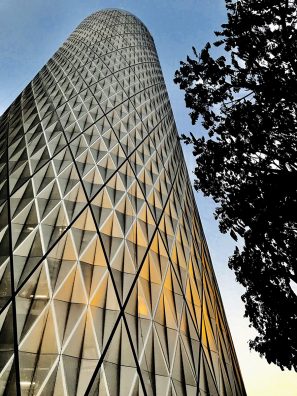
Banyan Tree Sky-High Luxury Riverside Residences In Bangkok.
South Florida: Boasting 42 completed schemes, South Florida is a close second on the list of hotspots. The region is known for attracting international buyers seeking luxury homes. Phuket: Offering a paradise-like setting, Phuket is a magnet for branded residences, especially in resort locations. Here, schemes often serve as second homes during peak seasons. New York City: Branded residences in the heart of the Big Apple are an attractive option for global buyers looking for upscale living in one of the world’s most iconic cities. Los Cabos: This Mexican paradise offers beautiful landscapes and a growing number of branded residences for buyers seeking an idyllic getaway. London: The city that bridges tradition and modernity is also a hotspot for branded residences, appealing to a global audience looking for luxury homes in a bustling metropolis. Riviera Maya: The stunning coastal region of Mexico is a prime location for branded residences, offering a taste of paradise for discerning buyers.
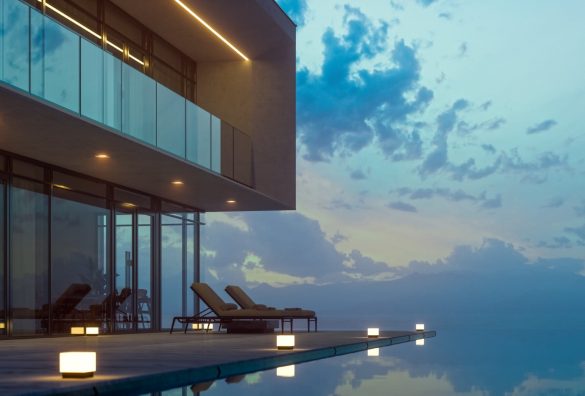
The InterContinental Residences Hua Hin in Thailand a hotspot for branded residences.
As the branded residences sector continues to grow, new trends are emerging. The diversity of location and product type will be a leading driver of branded residences in the coming years. Emerging cities like Cairo, Ho Chi Minh City, and San Miguel de Allende are expected to observe the highest pipeline growth, with a forecast growth of more than 400% by 2030.
Resort locations, whether along the Mediterranean and the Caribbean coastlines or nestled in ski destinations, are experiencing increasing growth. These locations offer hassle-free ownership, known-brand security, and rich amenities, attracting buyers looking for a second home to escape the pace of their primary residences. The quest for a specific design or concept that aligns with a brand’s ethos is gaining importance among buyers. Fashion brands, for example, are designing residences that embody their unique styles, such as Missoni’s vibrant colors and patterns or Versace’s bold colors, gold accents, and iconic motifs.
Branded residences operate predominantly within the prime segment of local residential markets. Brand affiliation encourages premium pricing compared to non-branded stock, often with an average premium of around 30%. This premium can vary depending on the location, brand, and type of branded residence. Global cities tend to have lower average premiums due to higher competition with non-branded properties, but the premium still hovers around 25%. On the other hand, emerging cities see the highest premiums, with an average of over 50% compared to non-branded offerings.
Rental programs are an essential feature of branded residences, offering an additional value proposition for buyers. These programs allow owners to offset the cost of ownership and generate rental income while not in residence. Participation in rental programs often requires conformity to the brand’s furniture package and ensures a consistent guest experience.
The future of branded residences is a world of endless possibilities, where new brands will continue to emerge, each offering a personalized experience that resonates with a select group of buyers. These exceptional abodes represent the pinnacle of luxury living, inviting you to own a piece of a lifestyle that is beyond compare.



